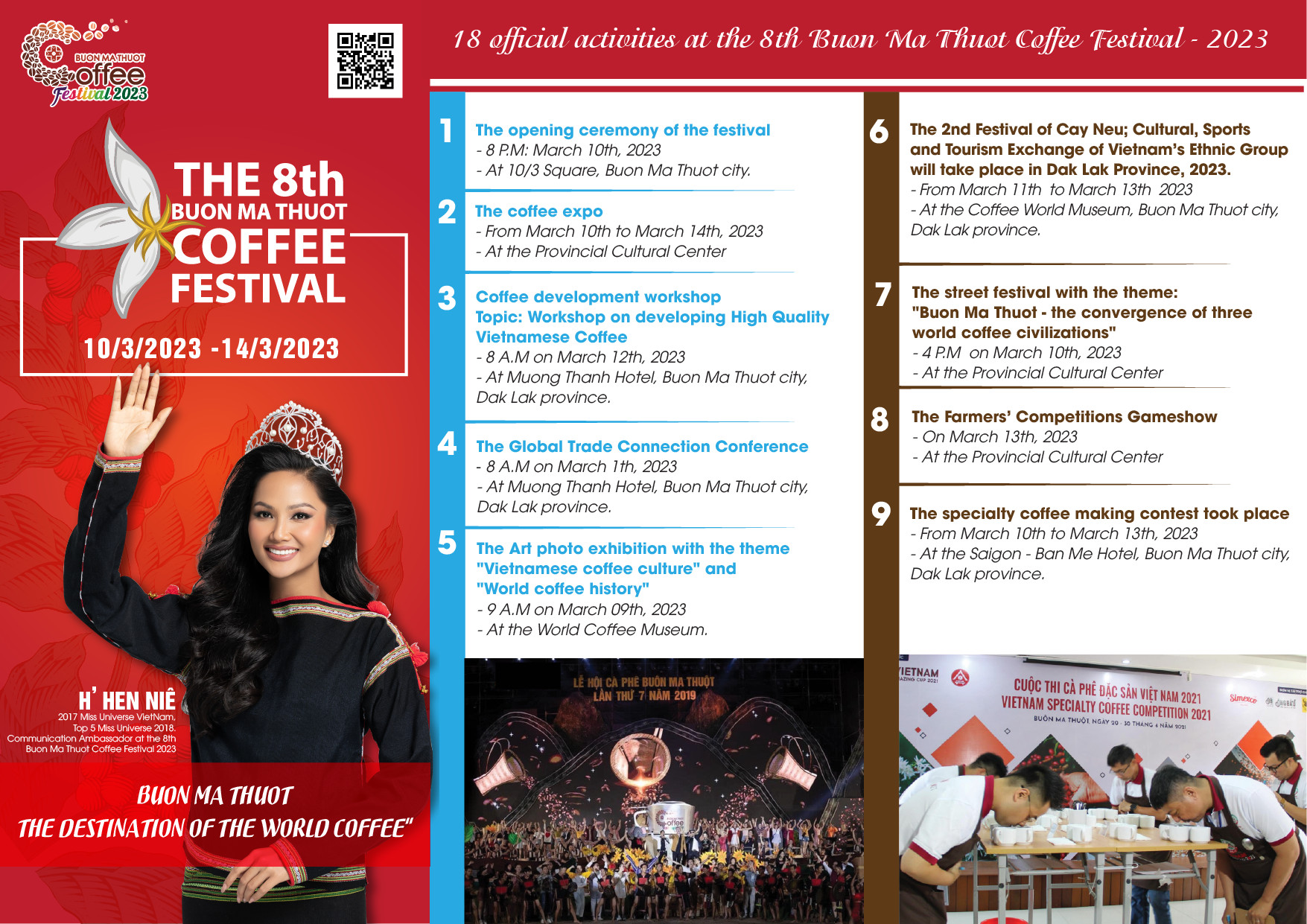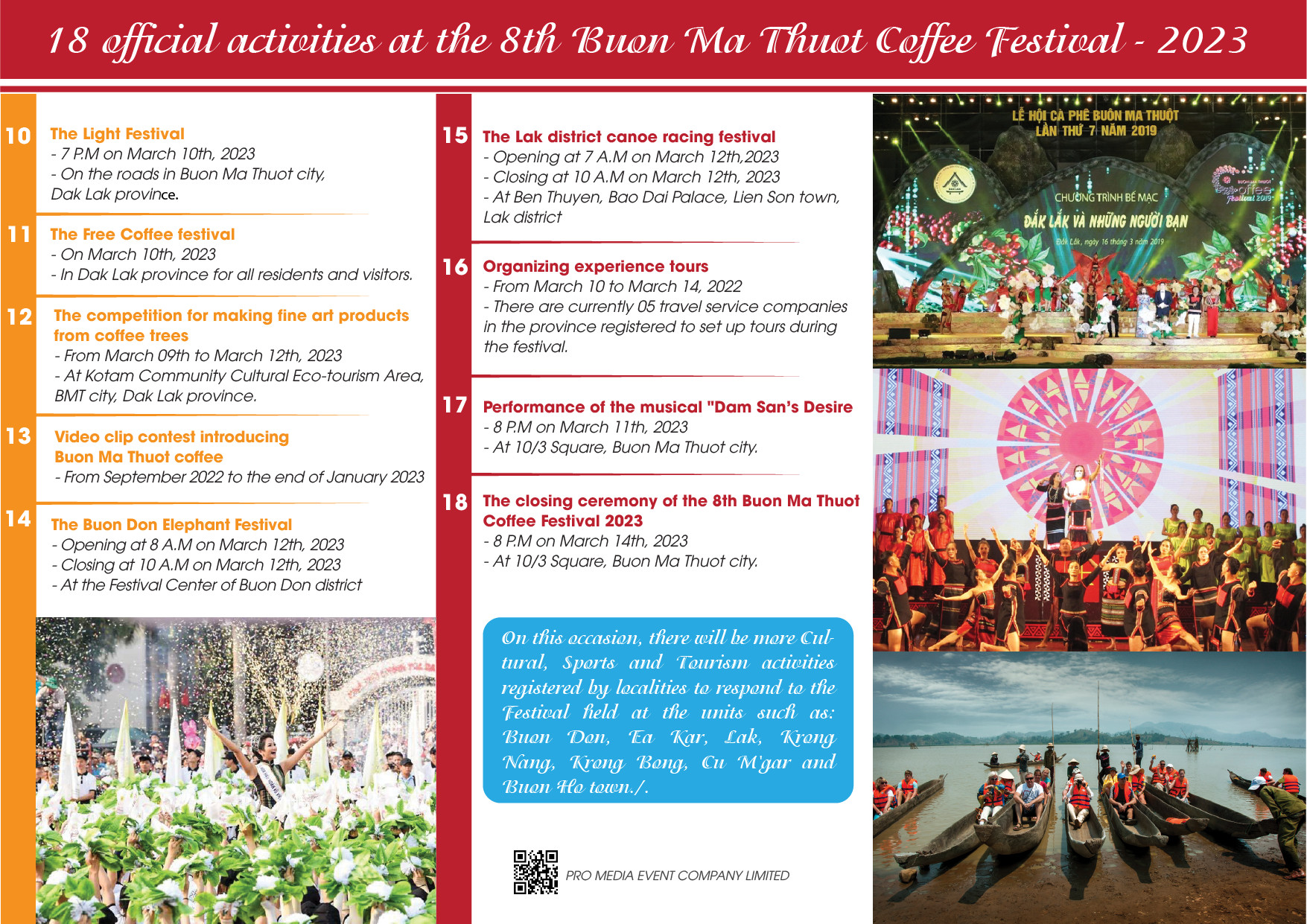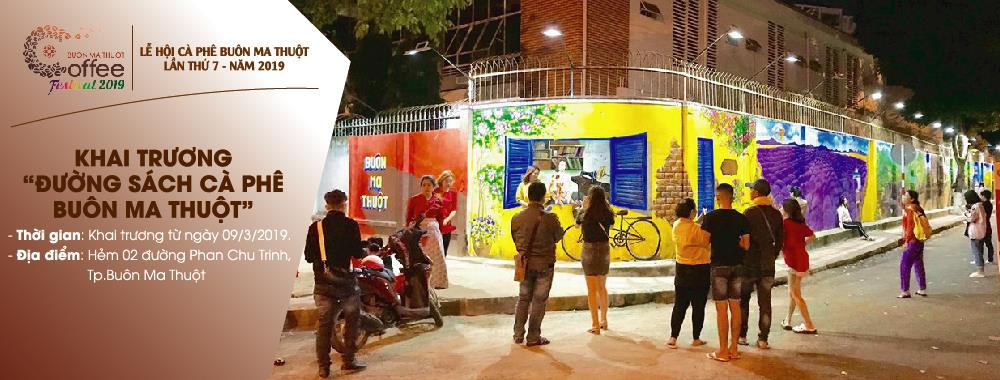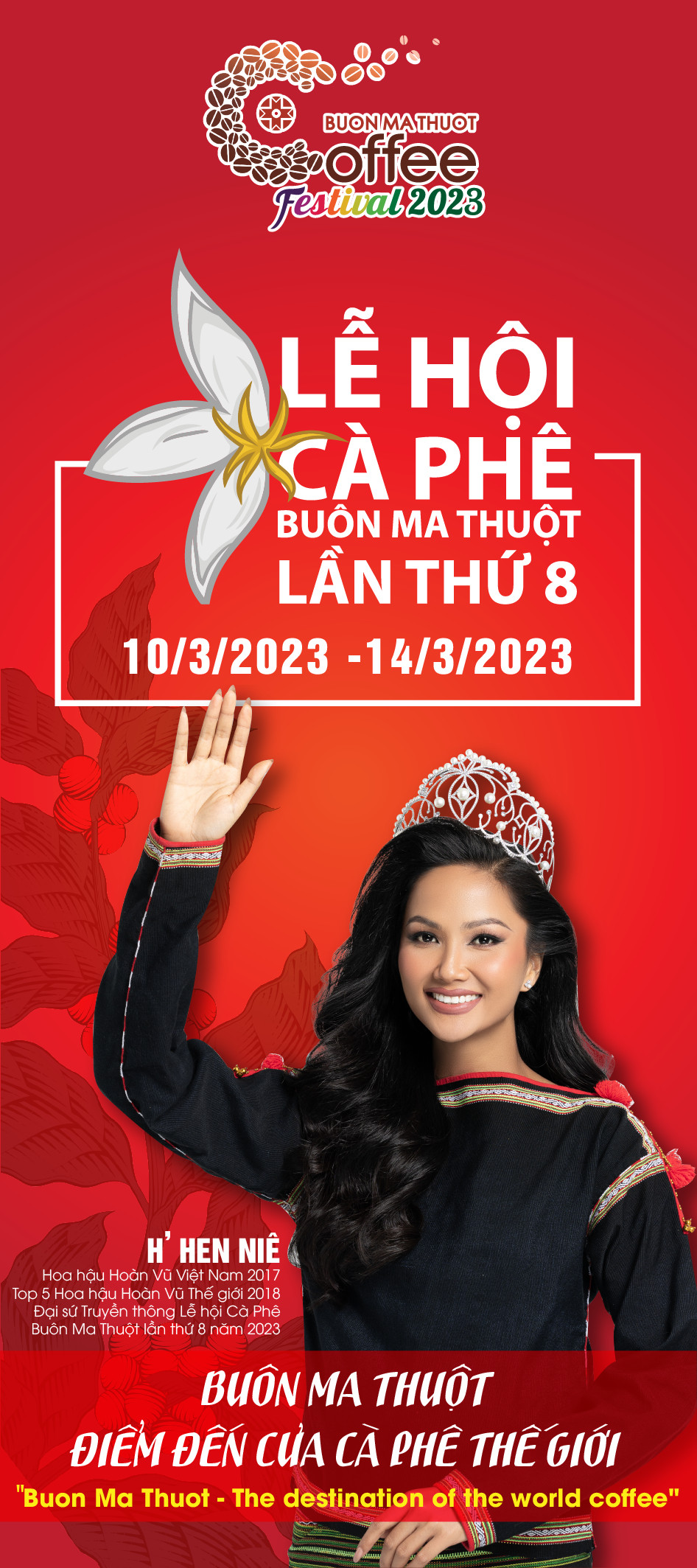“Vech” used to be a dish only for the ancient Ede upper-class, but today, “Vech” has become familiar with the meal of Ede people.
Especially, “Vech” won the first prize at the Southern Soil Food Festival in 2018 and is recommended to list in 100 typical Vietnamese delicacies and specialties. What makes this dish so unique, so special?
|
|
|
The main ingredients of “Vech” |
“Vech” – delicious dish of the ancient Ede upper-class
“Vech” is written according to Ede pronunciation. Actually, it is the head of the small intestine of herbivores. This part of intestine contains both digestive fluids and grass that has just passed through the animal's stomach. For the Ede people, “Vech” of herbivores such as rabbits, goats, deer hunted in the forest or buffaloes and cows grazing in the forest is often preferred because these animals only eat grass and leaves so their gut is very clean.
Mr. Y Thim Bya, from Ea Bong village, Cu Ebur commune, Buon Ma Thuot city, who is knowledgeable about Ede culture, said that the Ede people live in the form of the community and lineage. Whenever there is an important festival or special occasion, wealthy families and lineages often sacrifice a buffalo or cow to conduct a worship ritual and serve others in the village. At that time, they often take “Vech” to prepare dishes exclusively for those who play an important role in families or important people in the worshiping ceremony. Cooking “Vech” is cooked very elaborately. When slaughtering cow, things for cooking “Vech” is taken very quickly so as not to disturb the internal components of the organs.
|
|
|
“Vech” of cows can be eaten with rice or vegetables |
The most experienced person will choose a segment of the small intestine adjacent to the cow's stomach, using strings to tie the two ends and then cut it apart. This part of the intestine is blanched through boiling water, squeezed the inside digestive fluids to mix with water, filtered, concentrated, and marinated with spices. Other organs along with skin, tail, soft but leathery cut of meat, beef edges, etc. are parboiled, sliced and cooked together with special spices that are processed from “Vech” and other spices such as chili, zucchini, lemongrass, galangal, forest pepper, forest tree seeds to enhance the flavor of the dish.
According to Mr. Y Bhiao Mlo, in Buon Tring 2, An Lac ward, Buon Ho town, when a family has a funeral, the family often sacrifice a buffalo or cow to conducts a worship ritual for the funeral if they have condition, then “Vech” will be taken to cook with taro or Ca Dang (bitter egg-plant) to invite relatives.
In that case, taro or Ca Dang will be sliced and cooked in a big copper pot (the Ede people call “gọ bung”), added spice, green chili, zucchini, prickly coriander, young banana tree, green papaya with the whole skin, etc. Normally, taro is very itchy and Ca Dang tastes bitter, but when cooked with “Vech”, bitter and itchy taste will disappear completely, and the soup will taste aromatic, fatty; spices blend together to create a fleshy taste that is hard to describe at the tip of the tongue.
|
|
|
Condensed “Vech”
|
Delicious dish won the first prize at the “Southern Land” Cuisine Festival
Today, “Vech” is still one of the familiar dishes of Ede people, although there are a few changes according to the conditions of each family. Musician Y Phon Ksor in Buon Ma Thuot city said that his family, like many other Ede families in Dak Lak, often chooses to take “Vech” when slaughtering a cow, tied two heads of “Vech” and then put on a kitchen rig to let it dry completely. Then “Vech” will be cut to cook with Ca Dang, with a bamboo shoots or taro. It is like a special flavoring spice not only for beef dishes but also for every dishes in daily meals.
|
An other recipe of “Vech” with pounded chili, cilantro, and cooked with water. |
Specifically, cooking oil is not used for cooking “Vech”. All the prepared ingredients will be put in the pot, added some water, cooked and tasted according to the favorite flavor of the cooker. “Vech” can be cooked until the water runs out to have the condensed dishes or having a little water depending on the cooker’s preference.
According to musician Y Phon Ksor, to make this dish more delicious, the cow’s “Vech” should be marinated from the last night for fermented spices, therefore, it will take only half an hour to cook. The dishes that are cooked together with “Vech” will have a slightly bitter, sweet taste, blending with the aroma of grass, and the characteristic of the cow intestine.
Satisfactory “Vech” will have bitter, spicy, aromatic, fleshy, fatty taste used with thinly sliced young banana, figs leaves, young bitter gourd leaves through the young, etc. anyone who has ever enjoyed will remember forever.
Because of this special taste, when Mr. Le Hoang Co, Director General of Dam San Tourism - Investment Co., Ltd. (Damsan Tourist) asked musician Y Phon Ksor about “Vech” to participate in the 8th Southern Land Cuisine Festival, held in Ho Chi Minh City, musician Y Phon Ksor had passionately talked about the dish, even invited guests to come home and cook “Vech” by himself to invite guests.
Source: VOV
- The Competition of Central Highlands Cuisine, 2019 to take place from March 9-16. (04/03/2019, 10:13)
- Must-try dishes if you visit in Dak Lak (25/02/2019, 10:26)
- Establishing the Organizing Committee of Highlands Cuisine 2019 (25/02/2019, 10:24)
- Meeting of the Organizing Board of the Competition of Central Highlands Cuisine (21/02/2019, 14:18)
- Highlands Cuisine Competition will be held in the framework of the 7th Buon Ma Thuot Coffee Festival, 2019 (17/01/2019, 13:58)
- FESTIVAL ACTIVITIES (15/01/2019, 08:32)
- Tastes of Buon Ma Thuot (01/01/2019, 16:02)
- Step by step making Buon Ma Thuot become a destination of the world coffee (12/12/2018, 09:17)









